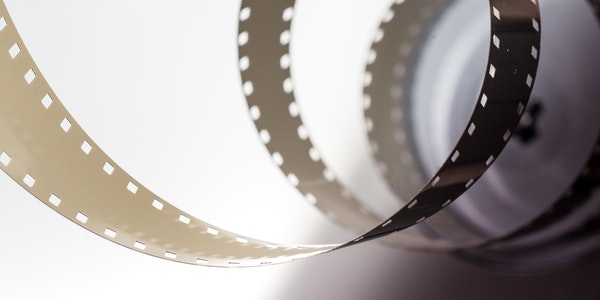Table of Contents
Concept introduction of movie editing
Movie editing is the decomposition and combination of movie images and sound materials. That is to say, a large number of materials shot in the film production will be selected, selected, decomposed and assembled, and finally a coherent, smooth, clear meaning, clear theme and artistically appealing work will be completed.
It is a re-creation of shooting. Editing is different from editing, which refers to the specific processing of film.
Early movies just projected the natural sceneries and stage performances on the screen intact. Beginning with the American director D.W. Griffith, he adopted the method of shooting with different shots, and then connected these lens groups, which resulted in clip art.
For a long time, editing was the job of the director. However, with the advent of sound movies, the editing of sound and music materials has also entered the film production process. The editing process has become more and more complex, and the editing equipment has become more and more advanced, so specialized film editors have appeared.

The editor is an important collaborator of the director and participates in all creative activities related to the director, such as drafting, rehearsing, filming, and recording of sub-scene scripts. The degree of dependence on editing varies with the director’s work habits.
However, in addition to fully embodying the director’s creative intentions, the editor can also propose new editing concepts. It is recommended that the director add and delete certain shots, adjust and supplement the original sub-shot design, change the original rhythm, highlight certain content or make certain aspects of the film. The meaning of one paragraph is more profound and clear.
Steps of movie editing
From the film material to a complete film work, the editing often has to go through several steps such as primary cut, re-cut, fine cut and even comprehensive cut.
The first cut is based on the sub-scene script, which combines the actions of the characters, the dialogues, and the scenes of mutual exchanges.
The double cut is a further modification on the basis of the initial cut.
Fine editing is a more detailed editing combined with montage structure after repeated scrutiny of the picture.
Comprehensive editing is the adjustment of the overall structure and rhythm after all the scenes of the film have been shot, and each segment has been fine-cut.
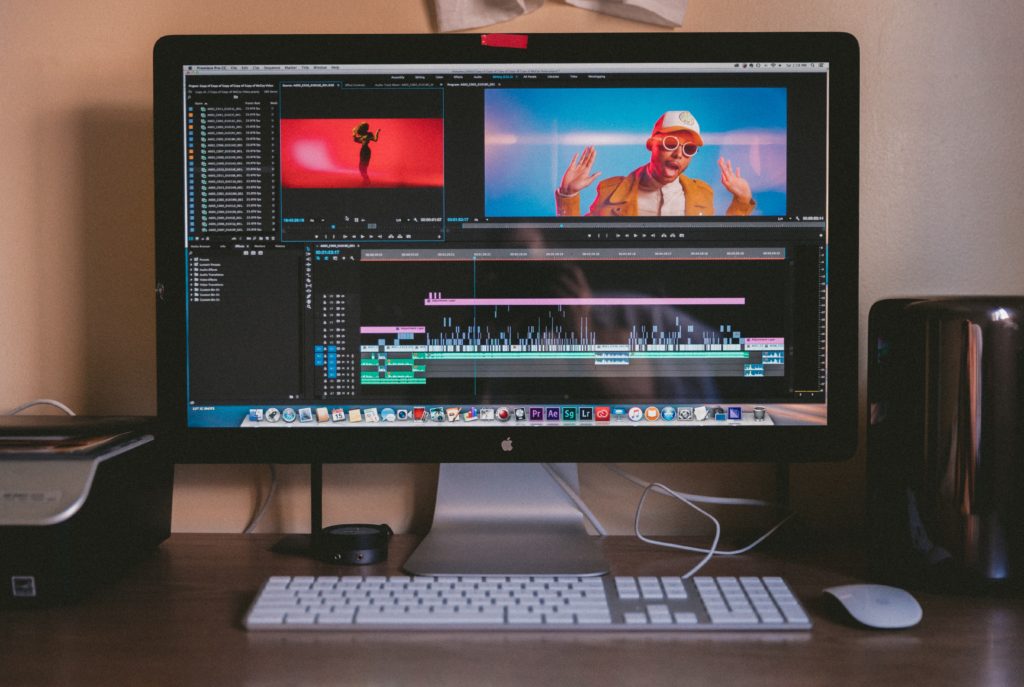
In the entire editing process, it is necessary to ensure the naturalness, smoothness and coherence of the narrative between the shots and the shots, but also to highlight the inherent performance of the shots, that is, to achieve the unity of the dual functions of narration and performance.
Classification of movie clips
Traditional editing
It can also be called the basic skills of editing. It has two main functions. One is to ensure the smooth transition of the shots, so that the audience feels that the whole film is done in one go, and the other is to make the paragraphs and context of the film clear, so that the audience will not mistake the content of different times and places as the same scene.
Therefore, this kind of editing must do: ① Prevent confusion. The lens connection must be accurate, not disconnected and not overlapping, and the direction and spatial relationship of the characters’ movements must be consistent.
② Coordination of lens conversion. Editing often takes action form and rhythm as the editing point, that is, “moving and moving” and “stilling and static”. “Motion and movement” refers to switching shots during the movement of the camera or the character, such as one panning shot followed by another panning shot, or one running away and one chasing shot, etc. “Quiet and static” refers to the end of an action (or a still scene) before the beginning of an action (or a still scene).
③ The actual process is omitted. That is to omit unnecessary and self-evident processes by the audience, while still maintaining the coherence of the action or plot. For example, an airplane take-off lens followed by an airplane landing lens can omit the travel process, and a peach blossom lens followed by a fallen leaf lens can omit the change of time and so on.
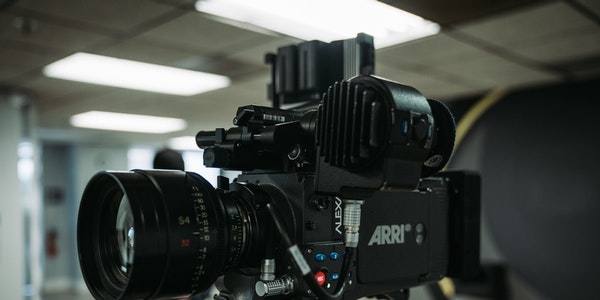
Traditional editing is basically carried out according to the normal life logic, but it is not a naturalistic record of all the processes in life.
Creative editing
It is customary to say that the editing method that can improve the artistic effect of the film is creative editing, and there are mainly the following:
① Dramatic effect editing. Use to adjust the focus, timing and sequence of key shots. Choose the best editing point so that every shot appears at the most appropriate time when the plot unfolds.
② Expressive effect editing. It is to boldly simplify or jump while ensuring the narrative is coherent and smooth, and selectively focus on analogy shots to highlight certain emotions or ideas. Juxtapose some contrasts and similar shots to achieve the effect of revealing the inner meaning and rendering the atmosphere.
③ Rhythmic effect editing. Generally speaking, short shots and fast screen transitions can cause urgency and tension. Long shots and slow screen transitions can cause sluggishness or depression. Therefore, the long and short shots alternate, and the combination of the speed of the screen transition can cause the ups and downs of the audience’s psychological mood. Using this point, by controlling the time of the picture and mastering the transition rhythm on the editing, the emotions of the audience can be controlled and the desired artistic effect can be achieved. This editing rhythm is also called editing tone.
However, the length of the shot and the speed of conversion cannot exceed the limit of the audience’s understanding of the meaning of the content, otherwise it will cause confusion. The editing tone often also expresses the plot or emotional passages of the film, which makes the film ups and downs.
The editing tone of a paragraph in a movie is calculated by the number of shots, which is called the editing rate. The number of shots is large, which means that the editing rate is high or fast-tuning editing. The number of shots is small, which means that the editing rate is low or the editing is slow.
Film editing technology
No matter how good the movie is, the editing part of the movie is indispensable. In general film production post-editing, we must pay attention to editing film fragments. Generally, the base plate obtained from film shooting is processed, and a set of working samples is produced, and the samples are used for editing. The editor selects the required lens and film from a large number of samples, cuts the film with scissors, and then uses adhesive strips or glue. Glue them together, and then watch the effect of the editing on the editing stage (this process needs to be repeated and produced continuously).
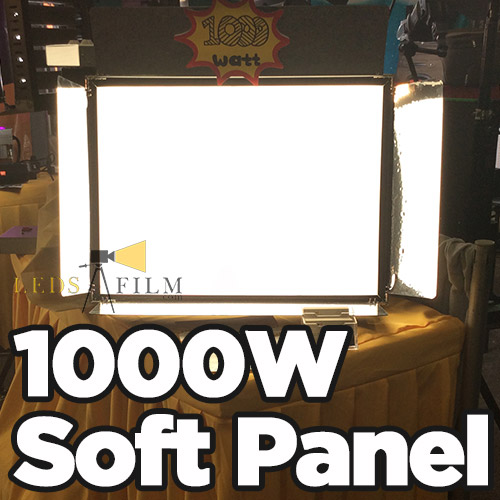
Entering the movie editing part truly enters the non-linear part of the movie. Sometimes a highly skilled editor will not follow the steps when editing a movie, that is to say, they will not edit one by one in an order.
Many editors cut from the middle, insert a shot, or cut out some frames, which will not affect the entire film. But this method is powerless for the production of many techniques. The editor cannot make an overlay between the two shots, nor can he adjust the color of the picture. All these techniques can only be done during the printing process. At the same time, the manual operation efficiency of scissors and paste is also very low.
The movie editing is in compliance with the former movie space, it has a main shot. Montage is to use the shots as the material, and then form a time and space of the movie that is not in reality on the editing stage. The concept of Hollywood has many strange myths in China. This show is all made up of the concepts of Hollywood editors and directors.
Elements of film editing
Overview
The whole work of decomposing and reorganizing movie audiovisual materials. Cut-ting refers to the specific process of film processing. Montage refers not only to the artistic skills of lens assembly, but also to the artistic effects obtained by editing. In some countries, it is synonymous with “cutting”.
Editing, a large number of materials shot in a film, through selection, selection and assembly, and finally compiled into a coherent, smooth, clear meaning, and artistically appealing work. It is the main component of film art creation and is indispensable for film production. An important process, a re-creation of a film from shooting to completion.
In the early stage of the film, the stage play was shot on film intact, and it was actually the activity photography of the stage play. At the beginning of the 20th century, starting from the American film director DW Griffith, he adopted a method of shooting by splitting the content into different shots. For example, close-up and close-up shots were used to highlight details, and panoramic and distant shots were used. To introduce the environment, use a series of short shots to quickly change to create the atmosphere and rhythm, so that the film can get rid of the frame of the stage play activities and become an independent modern art, and the art of editing has also been produced.
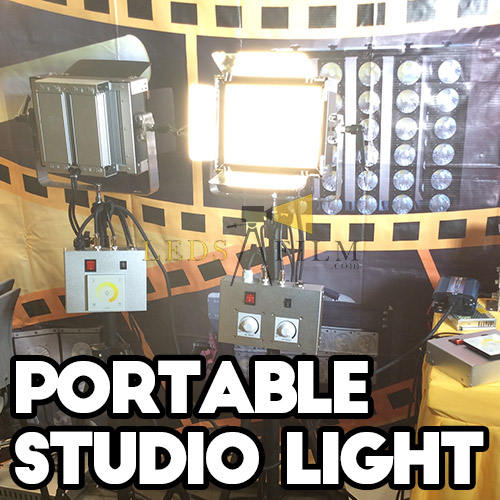
The degree of dependence on editing varies with the working habits of different directors. However, in addition to fully embodying the director’s creative intentions, the editor can also propose new editing concepts based on the director’s screenplay. It is recommended that the director add certain shots or Cut some shots, re-adjust and supplement the original sub-lens design to make the context of a certain paragraph and a plot of the film clearer, clearer, and more distinct.
Process treatment
Editing is a heavy and detailed task. A feature film often has as few as a few hundred, or as many as a thousand shots. There are interior scenes, exterior scenes, real scenes and built-in scenes in the picture. The content in the same scene is usually shot together, and the editing should be rearranged in accordance with the order of the content.
Important shots in the film are often shot several times for performance or technical reasons, and you must choose when you need to edit them. Most of the shots are taken longer, and the most ideal splicing point must be found.
Some scenes where long and short shots intersect are shot continuously on several pieces of film, and need to be cut into many shots during editing, and then arranged in the most effective order of shots. The sound part has three recording methods: pre-, simultaneous, and post-recording. The vocal cords recorded by these three recording methods must be processed in different techniques and methods.
Pre-recordings are mostly complete chants and music sections, and must strictly follow the melody of the music and the combination of lyrics and pictures. Most of the vocal cords recorded in the same period are “contrast” dialogue and sound effects, and they are usually edited at the same time as the corresponding pictures. The content of the post-recording includes “in-view” dialogue, inner monologue and narration, background music, “picture” and “out-of-picture” sound effects, etc., which are usually recorded on the basis of the screen cut, which requires When editing, a series of artistic effects that can be formed by the combination of sound and picture and sound are considered in advance.
(To Be Continued)
